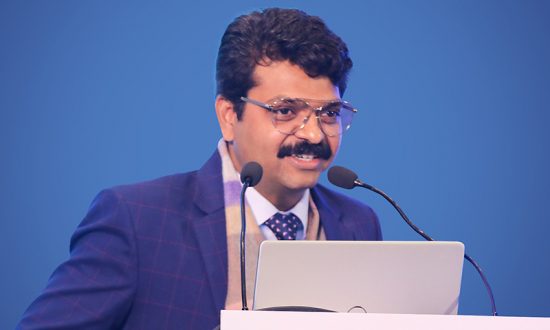If a historian chooses to put together the milestones of Indian history, 16th January, 2021 will be included, invariably. This is the day India championed the concept of ‘Make in India’ and began its inoculation drive against the contagious COVID-19 virus, using a vaccine that was produced in the country. As on 19th February, a little after a month of the first vaccines administered, India completed vaccinating more than 10 million people, exclusively healthcare and other frontline workers, making India third nation in the world with maximum vaccine coverage after the US and the UK where 55.2 million and 16.12 million doses, respectively, have been administered already. The country has been praised for its powerhouse production capacity and being a dependable supplier of COVID vaccines to the world, both to its neighbours and far-flung countries. Back home, India plans to vaccinate 250 million people by July this year, which means it has about 150 days to administer two doses of vaccine for complete immunity to these people.
Candidates in the wings
While the current inoculation drive is being conducted with two vaccine candidates – Covishield, developed by Serum Institute of India and Covaxin, developed by Bharat Biotech – that received emergency approval ahead of the new year. However, Hon’ble Union Finance Minister Smt Nirmala Sitharaman mentioned two more candidates in the queue and allocated a whopping, one-time fund of INR 35,000 crore ($ 4.7 billion) for vaccinations. The vaccines developed by Pfizer and Moderna, currently being administered in the US, is in talks with COVAX, the global initiative coordinated by Gavi, the Vaccine Alliance, the Coalition for Epidemic Preparedness Innovations (CEPI) and the World Health Organization (WHO). This initiative is key to ensure equitable distribution and equal access to COVID-19 vaccines for 92 low- and middle-income countries (LMICs), including India which can vaccinate about 20 per cent of its population using the COVAX route. If the reported advanced purchase agreement between the vaccine manufacturers and COVAX materialises, India can expect dependable vaccine candidates to maintain the supply chain for its citizens even as it continues to extend help to other countries.
Rising cases, adjusting strategies
Completing a month of COVID inoculation was also met with the news of rising numbers in the states of Maharashtra and Kerala and pockets of Bengaluru city, deemed as India’s Silicon Valley. Two new mutations of the virus – E484k and N440k – found in the interior districts of Amravati, Akola and Yavatmal may further push back the COVID containment and management efforts not only in the district or the state but across the country that is leaving no stone unturned to revive the economy. The government has planned to inoculate the vulnerable population in a phased manner. However, as another round of ‘COVID fatigue’ sets in and people throw caution to the wind, evolving strategy will be key to arrest the rising cases. The government must allow seemingly less-vulnerable but high interaction people – those who use public transport or have interactions with large numbers of unknown people – to get vaccinated if they are frequently exposed to outdoors. Besides, as people start coming back to their office spaces, mostly air-conditioned and enclosed environments, the government must consider decentralising the vaccine administration process and allow private companies to purchase required vaccines for their employees.
Developing the vaccine and beginning the vaccination drive have been two major steps, but inoculating more than 1.3 billion people is no easy task. The day India achieves herd immunity will be one more golden day in its history.


